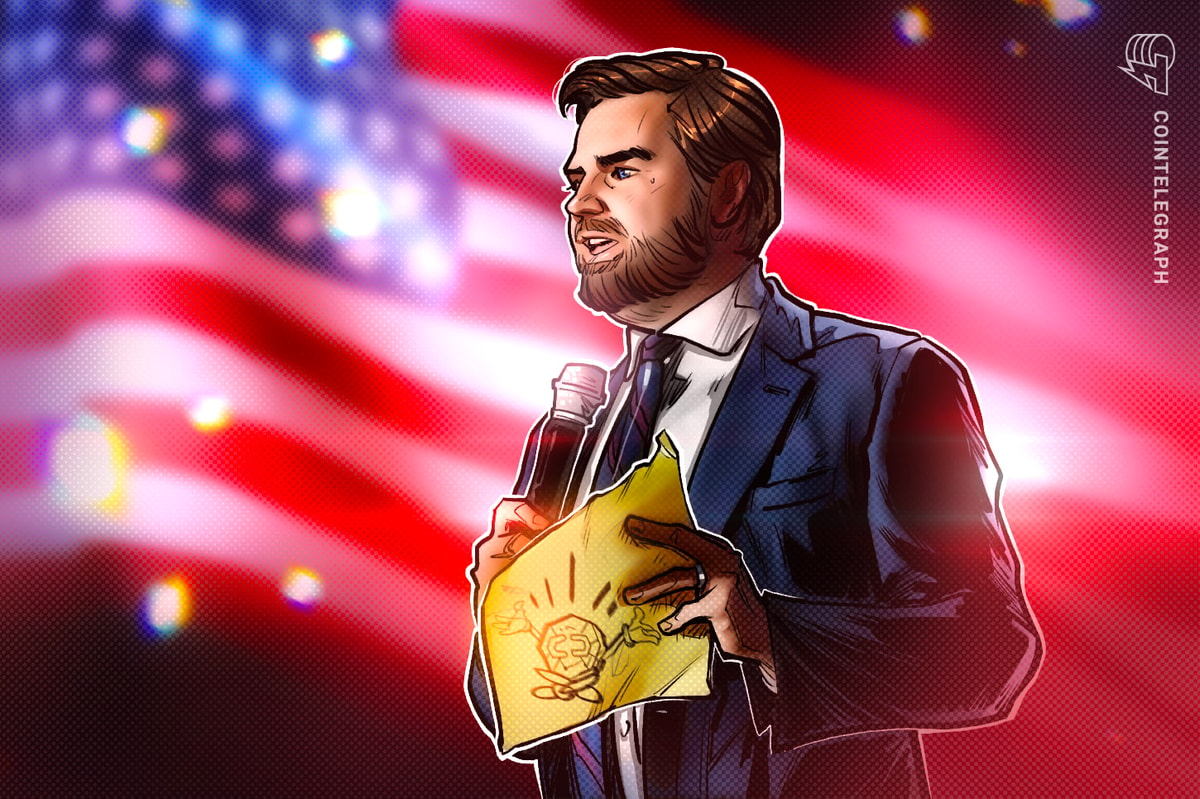The popularity of United States dollar-denominated stablecoins in decentralized finance (DeFi) may be helping secure the dollar’s dominance as a global reserve currency, says Federal Reserve governor Christopher Waller.
“About 99% of stablecoin market capitalization is linked to the U.S. dollar,” Waller said at a central banking-focused conference on Feb. 15.
“People often conjecture that cryptocurrencies like Bitcoin may replace the U.S. dollar as the world’s reserve currency,” Waller added. He noted, however, that most DeFi trades use stablecoins largely linked to the dollar.
“Crypto-assets are de facto traded in U.S. dollars. So, it is likely that any expansion of trading in the DeFi world will simply strengthen the dominant role of the dollar.”
Together, the two largest stablecoins by market cap — Tether (USDT) and USD Coin (USDC) — comprise 90% of the $139.5 billion total stablecoin market cap, per CoinGecko.
The two stablecoins play a vital role in DeFi, giving traders a liquid, largely price-stable asset to use in on-chain activity without exposure to more volatile cryptocurrencies.
Waller did note the “rapid growth” of crypto “could reduce reliance on the U.S. dollar” and cited it as a potential challenge to the currency’s international status but also stated there had not been “any notable erosion in the dollar’s dominance.”

“I do not expect to see the U.S. dollar lose its status as the world’s reserve currency anytime soon,” he said. “Recent developments that some have warned could threaten that status have, if anything, strengthened it, at least so far.”
Related: Printing money for fools is a ‘great business to be in’ — NZ central bank head
Lawmakers are close to passing a stablecoin bill after over 20 months of trying to reach a deal with House Financial Services Committee Chair Patrick McHenry, with Representative Maxine Waters telling Politico on Feb. 7 that “We’re working on stablecoin; we’re getting very close.”
Fed Chair Jerome Powell told Congress last June that the central bank sees stablecoins “as a form of money” and wanted a “robust federal role” in overseeing them going forward.
Months later, in September 2023, Boston and New York’s Federal Reserve Banks claimed stablecoins could inject instability into the U.S. financial system.
Magazine: Unstablecoins: Depegging, bank runs and other risks loom











